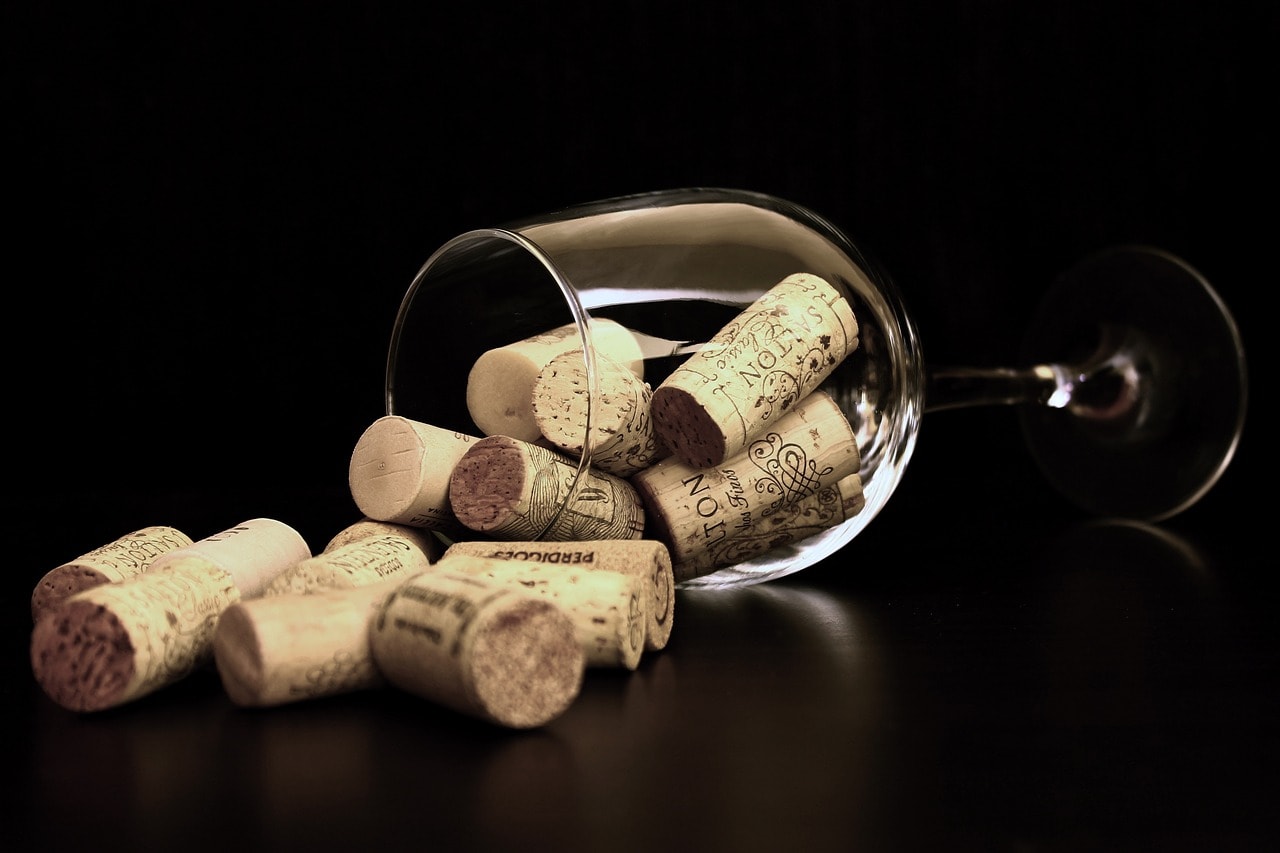
If you’ve ever encountered a bottle of wine that smelled more like a damp basement than a vineyard, you’ve likely experienced cork taint. This elusive phenomenon has puzzled and frustrated wine drinkers for generations, impacting both the wine industry and wine lovers alike. Whether you’re a seasoned sommelier or just beginning your journey into the world of wine, understanding cork taint can help you navigate the complexities of tasting wines and selecting bottles with confidence.
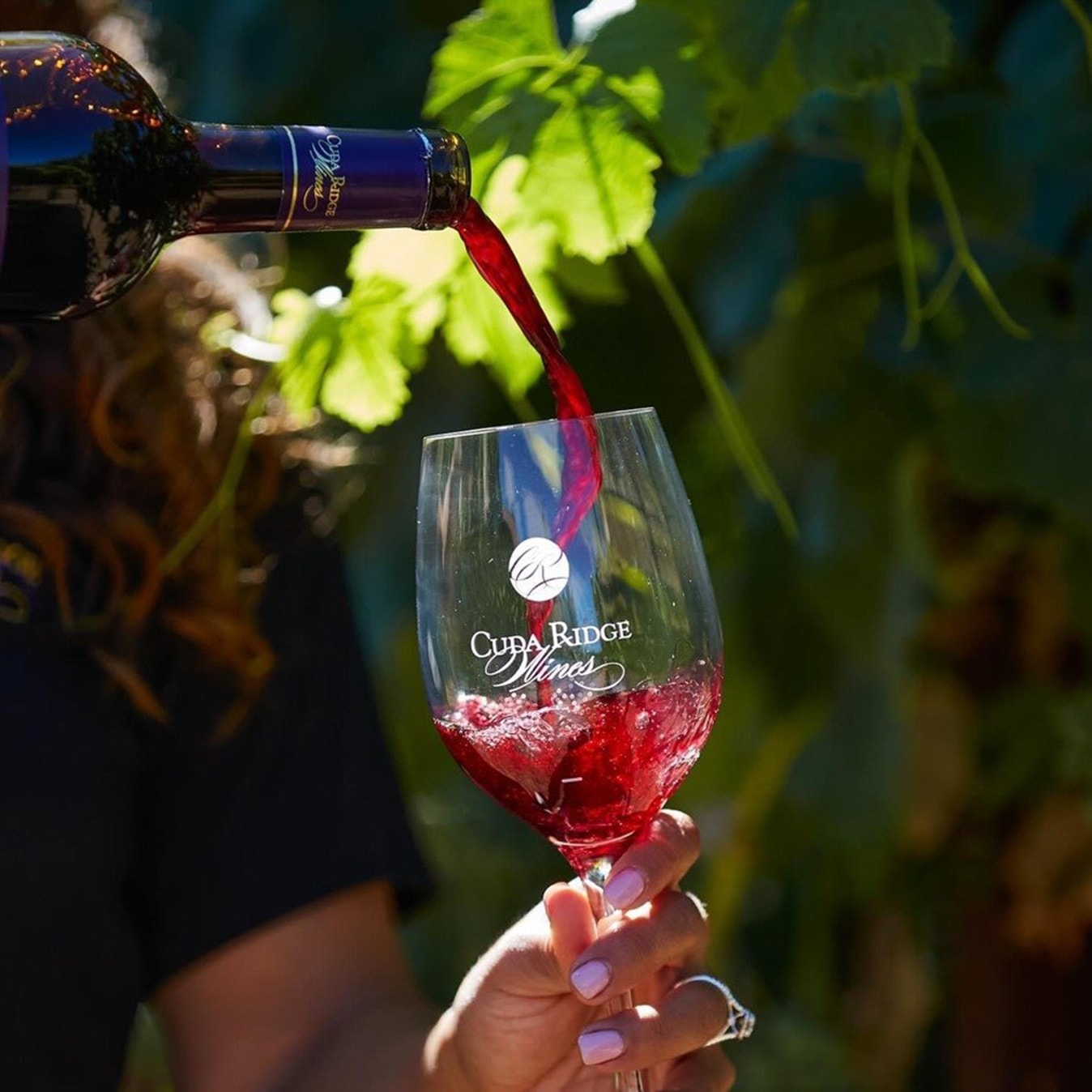
Recently I was in touch with a winemaker from Livermore California. He told me what he experienced at a very nice restaurant sometime back. The winemaker is Larry Dino, owner and winemaker at Cuda Ridge. Here is what Larry shared. “I find that most people do not know why fine restaurants provide a taste from a purchased bottle for approval; and before pouring out the wine. Most people think it’s to make sure the wine is good (which is subjective), I tell them the only reason you are doing the taste is to make sure the wine is not corked. If it is, it is OK to reject/return the wine. With that said, I was at a (fine) restaurant once where I brought my own bottle (of Cuda Ridge of course), and the waiter didn’t have me taste the wine before pouring it out into all the glasses. The bottle was corked, and we had to have him give us new glasses because the cork taint would bleed into our new wine, lesson learned.”
What is Cork Taint?
Cork taint refers to the unpleasant aromas and flavors in wine caused by the presence of certain chemical compounds, primarily 2,4,6-trichloroanisole (TCA). This chemical can make wine smell musty or moldy, rendering it “corked” and significantly diminishing the wine quality. While TCA is the most common culprit, other related compounds can contribute to the taint, making it a broader challenge for the wine trade and wine producers.
How Does Cork Taint Happen?
Cork taint originates in the natural cork used to seal bottles. Cork is harvested from the bark of cork trees, primarily in Portugal and Spain. This renewable resource is a cornerstone of the cork industry and plays a significant role in preserving cork forests, which are biodiversity hotspots. However, the natural cork’s porous nature makes it susceptible to contamination during production, storage, or even within the winery itself. When mold interacts with certain chlorine-based compounds, TCA can form and seep into the wine.
Interestingly, cork taint isn’t limited to natural cork. Although less common, synthetic corks, screw caps, and even winery equipment can sometimes harbor TCA or similar contaminants. This means that corked wine is not exclusively tied to natural cork closures, although they remain the primary source.
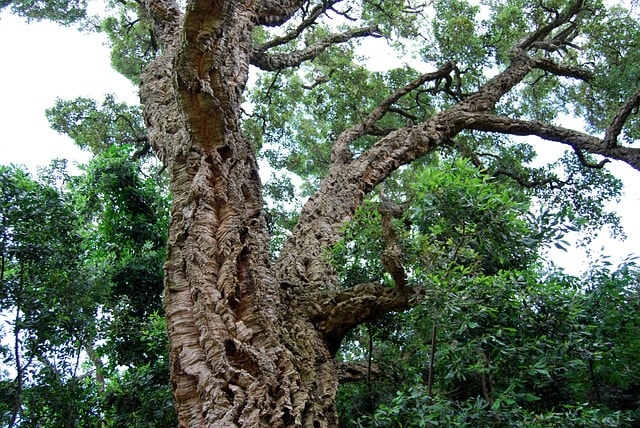
The Impact on Wine Drinkers and the Wine Industry
Cork taint affects around 1-3% of wines globally, a seemingly small percentage that still represents millions of bottles annually. For wine drinkers, encountering tainted wine can be a disappointing experience, especially when it involves a special or expensive bottle. For wine producers, cork taint poses a challenge to maintaining wine quality and consumer trust.
The cork industry, recognizing the threat of cork taint, has invested heavily in improving cork quality. Organizations like the Cork Quality Council work diligently to minimize contamination and promote best practices throughout production. Technological advances, such as steam-cleaning corks and TCA-detection systems, have significantly reduced the incidence of cork taint, but the risk has not been entirely eliminated.
Identifying Corked Wine
So, how can you tell if a wine is corked? The most obvious sign is the smell. Tainted wine often has an unmistakable musty odor reminiscent of wet cardboard, damp wood, or a moldy cellar. On the palate, the wine may taste flat, with muted fruit flavors and an overall dullness. It’s important to note that cork taint doesn’t make the wine harmful to drink; it simply renders it unpleasant.
When tasting wines, particularly red wine or more complex varietals, the presence of cork taint can be more pronounced due to their intricate flavor profiles. Inexpensive wines, on the other hand, may mask the effects of cork taint to some degree, as their simpler flavor structures are less susceptible to disruption.
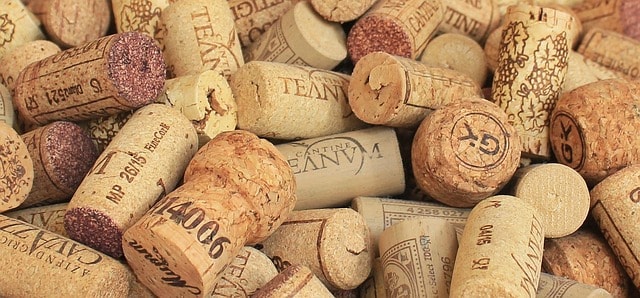
Solutions and Alternatives
To address cork taint, the wine industry has explored various alternatives to natural cork, including synthetic corks and screw caps. Synthetic corks, made from plastic or other materials, eliminate the risk of TCA contamination. Screw caps, popular in regions like New Zealand and Australia, provide an airtight seal that preserves wine freshness and prevents cork-related issues.
However, these alternatives are not without controversy. Many wine lovers appreciate the tradition and romance of opening a bottle sealed with natural cork. Additionally, the cork industry’s sustainable practices—including the preservation of cork forests—are a compelling argument for sticking with natural cork closures. Cork forests not only support diverse ecosystems but also play a role in carbon sequestration, making them an important ally in combating climate change.
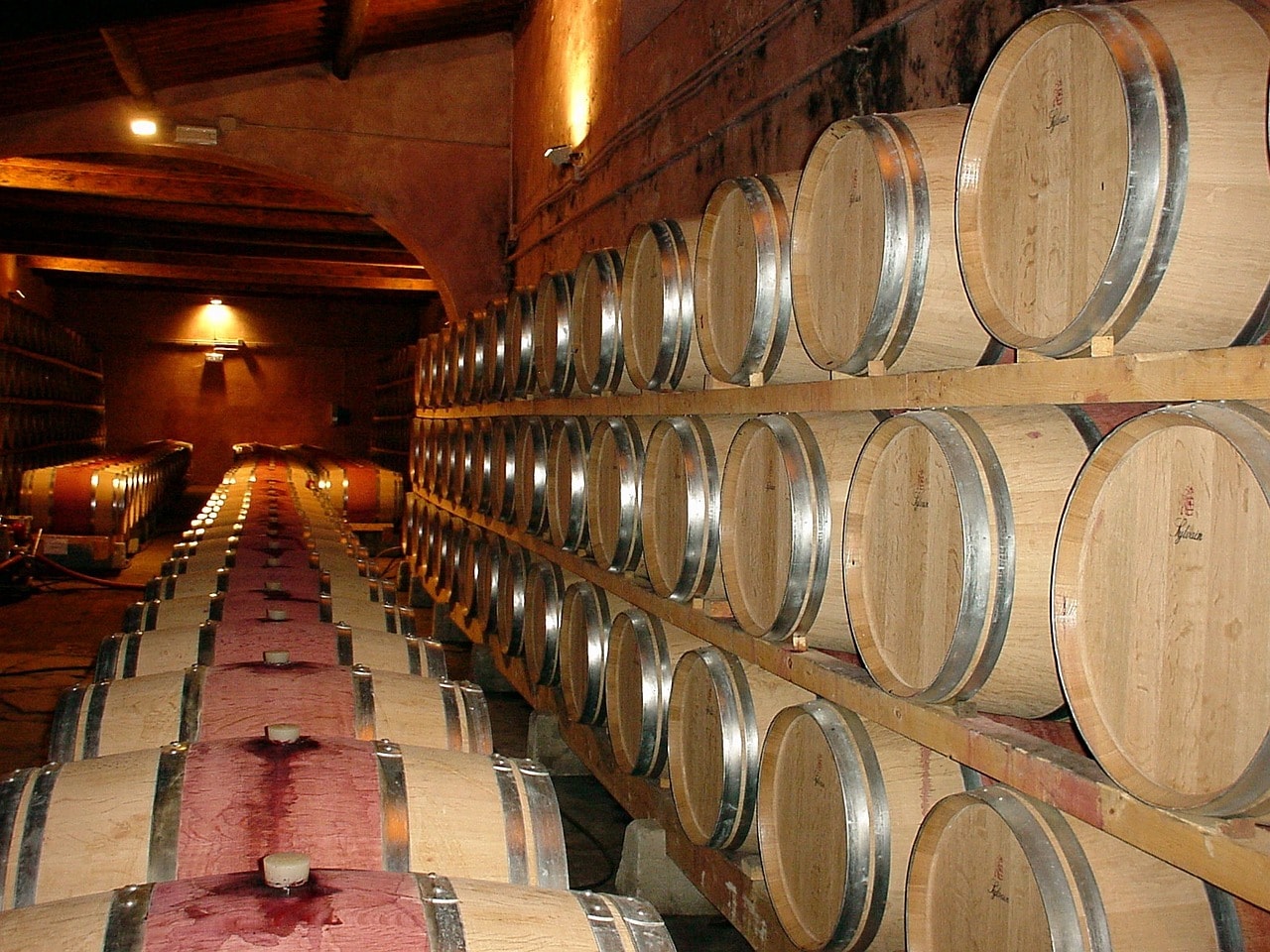
The Role of Cork Producers
Cork producers are at the forefront of efforts to reduce cork taint. Advanced quality control measures, such as gas chromatography and chemical analysis, allow producers to detect and eliminate TCA before corks reach wineries. Brands that adhere to these stringent standards often label their products as TCA-free, giving wine producers and consumers greater confidence in their quality.
In recent years, innovative approaches like Diam corks have emerged. These corks are treated with a process that removes all TCA molecules while retaining the benefits of natural cork. Such advancements demonstrate the cork industry’s commitment to overcoming the challenges of cork taint while preserving its legacy.

Tips for Wine Drinkers
For wine drinkers, encountering a corked bottle can be frustrating, but there are steps you can take to minimize the risk:
-
Buy from Reputable Sources: Purchase wine from trusted retailers and producers who prioritize quality.
-
Inspect the Cork: Before pouring, check the cork for any visible signs of mold or damage.
-
Store Wine Properly: Keep bottles in a cool, stable environment to prevent spoilage.
-
Speak Up: If you suspect a wine is corked, don’t hesitate to return it or request a replacement. Most wineries and retailers are happy to accommodate.
The Future of Wine Closures
The debate over natural cork versus synthetic alternatives continues to evolve. While synthetic corks and screw caps offer practical solutions, the environmental and aesthetic appeal of natural cork remains strong. For wine lovers, the choice often comes down to personal preference and the type of wine being enjoyed.
As the wine trade and cork producers strive to eliminate cork taint entirely, wine drinkers can look forward to fewer disappointing encounters with tainted wine. The collaboration between the cork industry, wine producers, and organizations like the Cork Quality Council ensures ongoing improvements in cork quality and wine preservation.

Some final thoughts
Cork taint may be an age-old problem, but it is one that the wine industry continues to tackle with ingenuity and dedication. By understanding the causes and solutions, wine lovers can approach their next bottle with greater confidence and appreciation. Whether you’re savoring an inexpensive wine or an exquisite vintage, the story of cork—from the forests to your glass—is a testament to the enduring connection between nature, craftsmanship, and the joy of wine.
